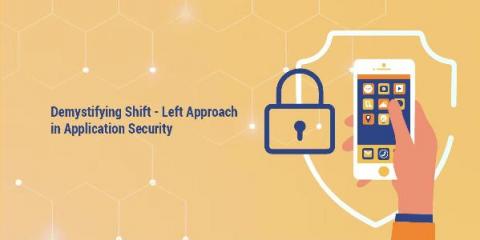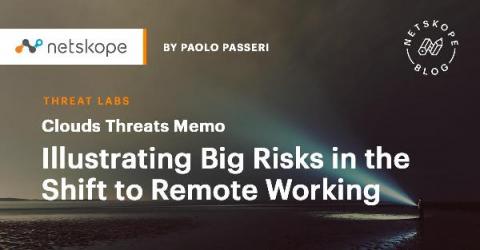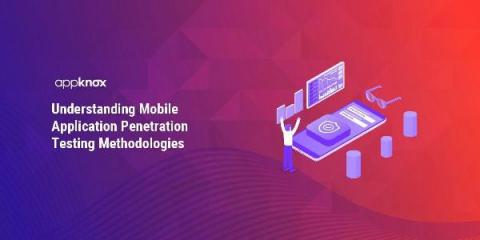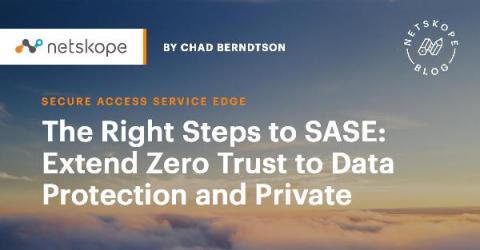How data poisoning is used to trick fraud detection algorithms on ecommerce sites
Artificial intelligence (AI) and machine learning (ML) systems have become the norm for using client data to provide recommendations to customers. As more people are working from home and conducting business online, it is imperative that fraud detection software is used to protect user information. But these protective systems also utilize ML to automate the process and understand when a potential attack is taking place.











